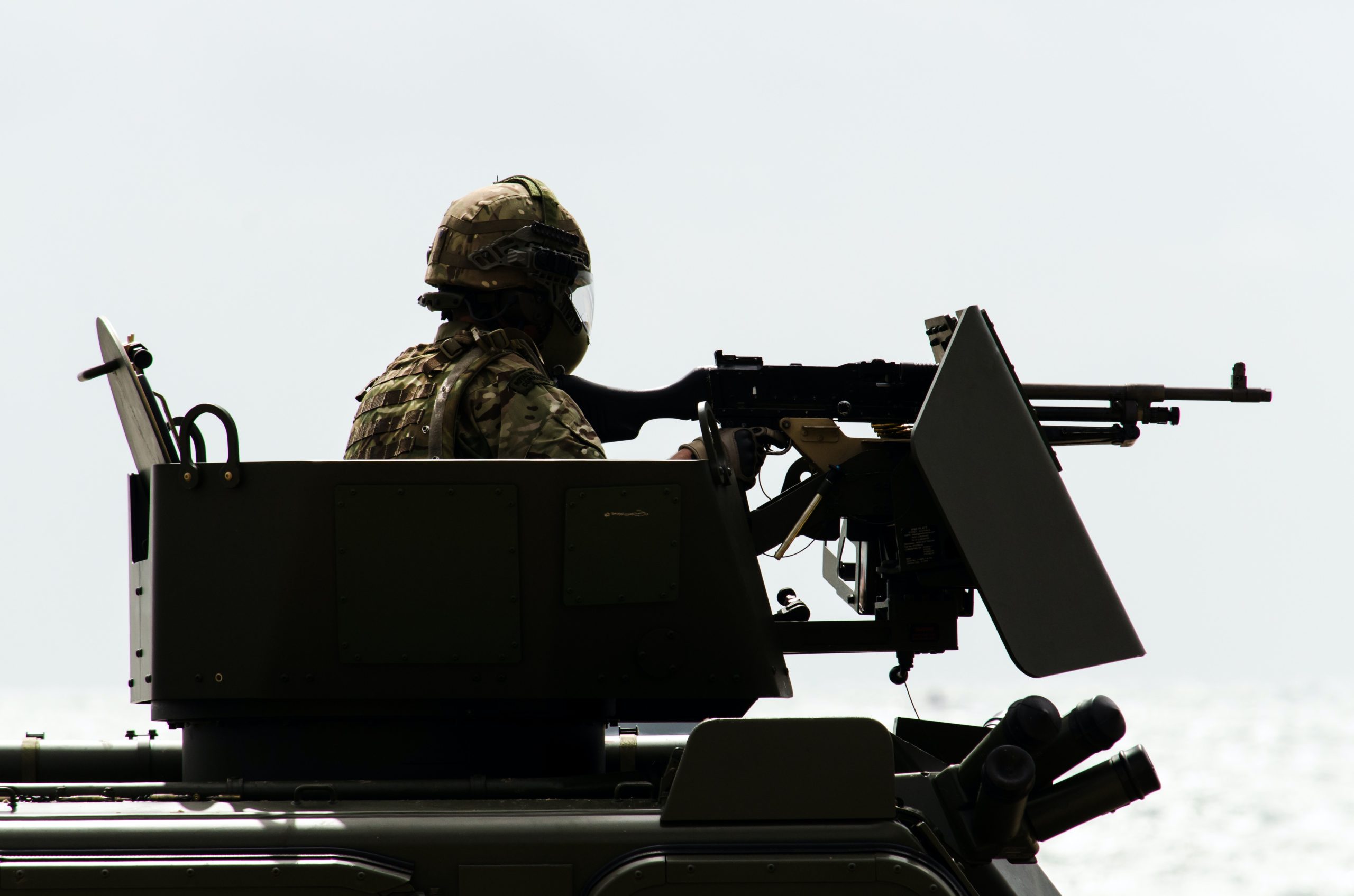The future of war is an unpredictable and ever-changing landscape. As new technologies and geopolitical tensions emerge, military planners and policymakers are constantly seeking new tools and strategies to help them predict the outcome of conflicts. One tool that has emerged in recent years is gaming, which is increasingly being used to simulate different scenarios and predict the future of wars.
Gaming has a long history in military strategy, dating back to the 19th century when military officers would use tabletop games to simulate battles and test out different tactics. Today, gaming has evolved into a sophisticated tool for predicting the future of wars, with a range of computer programs and simulations that can model everything from troop movements to weapons systems.
One example of this is the game “Red Team,” which was developed by the US military to help predict the outcome of conflicts. Red Team is a computer program that simulates different scenarios and predicts the outcome of battles based on a range of factors, including troop numbers, weapons systems, and terrain. By playing out different scenarios, military planners can identify potential weaknesses in their strategies and refine them accordingly.
Another example is “A Force More Powerful,” a video game that allows players to simulate nonviolent movements and political campaigns. The game is based on real-life conflicts, such as the US civil rights movement and the South African anti-apartheid movement, and allows players to test out different strategies for achieving their goals. By simulating these conflicts, the game provides valuable insights into the factors that contribute to the success or failure of nonviolent movements.
Gaming can also be used to simulate the impact of new technologies on the future of wars. For example, a recent study by the RAND Corporation used a gaming simulation to predict the impact of artificial intelligence (AI) on future conflicts. The study found that AI could be a powerful tool for military planners, but that it also poses significant risks, such as the potential for unintended consequences and the possibility of adversaries developing countermeasures.
However, there are also limitations to using gaming as a tool for predicting the future of wars. One major challenge is the accuracy of the data and assumptions that are used to create the simulations. Gaming simulations rely on a range of assumptions, such as the behavior of the enemy and the accuracy of intelligence, which may not always hold true in real-life situations.
Another challenge is the potential for bias and manipulation. Military planners may be tempted to skew the results of a game to support their preferred outcome, or to ignore the results of a game if they conflict with their preconceived notions.
In addition, gaming simulations may not accurately reflect the complexities of real-life conflicts, such as the impact of civilian casualties or the role of non-state actors. While gaming can provide valuable insights into the likely outcome of a conflict, it is important to remember that it is just one tool among many that military planners and policymakers use to predict the future of wars.
In conclusion, gaming has emerged as a valuable tool for predicting the future of wars. By simulating different scenarios and analyzing the results, gaming can help military planners and policymakers identify potential weaknesses in their strategies and refine them accordingly. However, it is important to recognize the limitations of gaming simulations and to use them in conjunction with other tools and strategies for predicting the future of wars. As the future of warfare continues to evolve, it is likely that gaming will continue to play an important role in shaping military strategy and policy.




